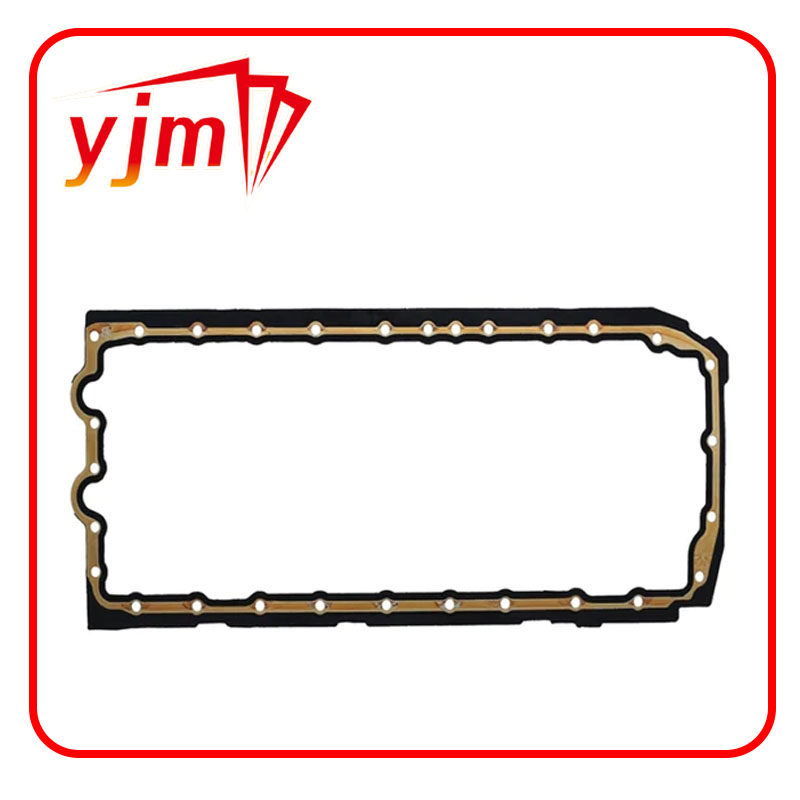fwd differential
Understanding FWD Differential A Closer Look at Front-Wheel Drive Systems
In the automotive world, the efficiency and performance of a vehicle are heavily influenced by its drivetrain layout. One such configuration is the Front-Wheel Drive (FWD) system, which has gained significant popularity in modern vehicles. At the heart of this system is the differential, a crucial component that plays a pivotal role in delivering power to the wheels while allowing for necessary movement and control during turns. In this article, we will explore the intricacies of the FWD differential, its significance, and the various types that exist.
What is a Differential?
Before delving into the specifics of the FWD differential, it’s important to understand what a differential does. In simple terms, a differential is a mechanical device that divides the engine torque between the wheels. This division of power allows for differing wheel speeds, particularly when navigating turns. As the vehicle curves, the outside wheel must travel a greater distance than the inside wheel, and the differential facilitates this by allowing the wheels to rotate at different speeds.
The Importance of the FWD Differential
In an FWD system, the weight of the engine is concentrated over the front wheels, enhancing traction, especially in slippery conditions. The differential in an FWD vehicle not only provides the necessary torque split between the left and right wheels but also plays a role in the handling and stability of the car. By allowing each wheel to turn at its own rate, it reduces tire wear and improves overall drivetrain efficiency.
Types of FWD Differentials
1. Open Differential The most common type found in many vehicles, the open differential allows for ease of handling and simple design. However, it has limitations in terms of traction—if one wheel spins faster than the other (for example, on ice or mud), the open differential will send most of the power to the wheel with the least resistance, which could lead to loss of control.
fwd differential

2. Limited Slip Differential (LSD) To overcome the traction limitations of an open differential, many vehicles are now equipped with limited slip differentials. These differentials use various mechanisms—such as clutch packs or helical gears—to provide additional torque to the wheel with more grip. This results in improved traction during aggressive driving scenarios or poor road conditions.
3. Electronic Differential With the advancement of technology, electronic differentials have emerged. These systems use sensors and electronic controls to actively manage the torque distribution between the wheels. Electronic differentials can react faster than mechanical systems, providing optimal performance in various driving conditions. Some systems can even mimic the effects of a limited slip differential, enhancing vehicle stability and cornering performance.
Benefits of FWD with a Differential
The incorporation of a reliable differential in an FWD system offers several benefits
- Enhanced Traction With proper torque distribution, FWD vehicles can maintain better contact with the road, especially in adverse weather conditions. - Improved Fuel Efficiency FWD systems, on average, are more fuel-efficient than their rear-wheel-drive counterparts. The differential’s role in optimizing torque transfer contributes to this efficiency.
- Better Weight Distribution Since the engine and transmission are located over the front wheels, FWD vehicles generally have better weight distribution and stability during acceleration and braking.
Conclusion
In conclusion, the FWD differential is a vital component that ensures efficient power distribution and improved vehicle control. Understanding its types and functionalities can help consumers make informed choices when selecting vehicles based on their performance needs. As automotive technology continues to evolve, the design and capabilities of FWD differentials are expected to advance, further enhancing the driving experience. Whether for daily commutes or spirited drives, the FWD differential remains a fundamental aspect of modern vehicle dynamics, representing the intricate balance of technology and engineering that defines today’s automobiles.
-
Understanding the Front Main Engine Seal: Purpose, Maintenance, and Installation
News Jul.29,2025
-
Understanding O-Rings and Seal Rings: Types, Applications, and Custom Solutions
News Jul.29,2025
-
Understanding Crankshaft Oil Seals: Rear Seals, Pulley Seals, and Their Role in Engine Integrity
News Jul.29,2025
-
The Importance of Front and Rear Crankshaft Seals in Engine Performance and Oil Management
News Jul.29,2025
-
Crank Oil Seals: Functions, Types, and Cost Considerations in Engine Maintenance
News Jul.29,2025
-
A Comprehensive Guide to O-Rings and Seals: Types, Materials, and Global Applications
News Jul.29,2025
-
Mastering Diesel and Performance Engine Maintenance: A Guide to Critical Oil Gaskets
News Jul.28,2025
Products categories















